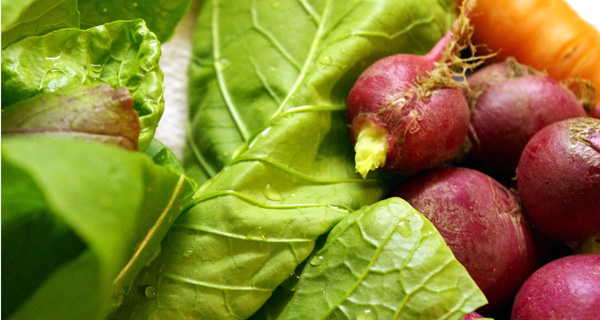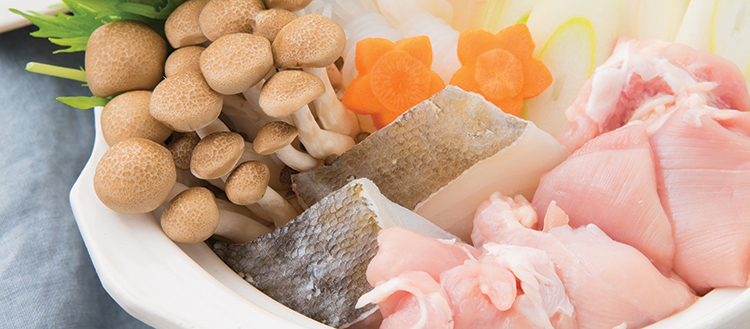story by
Char Vandermeer
Now that cooler nights and shorter days have taken over, it’s time to bust out the greens and radishes again.
And they’re easy—really! I know gardeners always say growing vegetables is “easy,” but often they’re stretching the truth, and sometimes they’re flat-out lying. Not so with loose-leaf lettuce, Swiss chard and kale. So if you’ve been too busy or too intimidated to get your hands dirty, now’s the time to turn over a new leaf and start a garden.
There are only three keys to greens: fresh seeds, a little dirt and a little water. Leaf lettuce, in particular, has a very short root system, so shallow containers work just as well as larger ones. Birds love those tender leaves, so consider draping a loose netting over the pots to protect them from predators. Don’t worry too much about overcrowding, either. Plant seeds a scant quarter-inch deep, and leave an inch or so between seeds—once things start looking a little too tight, gently pluck out a few young plants, clean them and make a salad. This gives the remaining plants more room to move, and now you can simply harvest the outer leaves as needed. Be sure to plant a bunch of different varieties (Red Sails, Ashley, Arugula, Black Seeded Simpson are some favorites) and a few dozen radishes to ensure a tasty and aesthetically pleasing salad. Plant a new box of lettuce every couple of weeks and you’ll have an almost endless supply of fresh goodness arriving in your kitchen.
Odds are good that I’ve praised Swiss chard and kale in these pages before, but there’s a reason. Swiss chard—unlike lettuce, which gets bitter and coarse after a few harvests—just keeps on giving. Five plants, started from seed, yielded more than enough chard to feed a family of three last year well into December.
And kale is a super food. It’s jam-packed with vitamins and nutrients, like vitamin A, fiber and calcium. And if you consider its excellent anti-inflammatory properties, kale is great for rapidly-aging gardeners. The added bonus: kale isn’t picky about soil and can even survive light frosts. In fact, frost may even make the leaves sweeter and more tender. As with Swiss chard, if you get your seeds in the ground by mid- to late-August or early September, you should be enjoying leafy greens well into those early, but inhospitable winter months.
Char Vandermeer
tends a container garden on her South Philly roof deck; she chronicles the triumphs and travails at
plantsondeck.com





